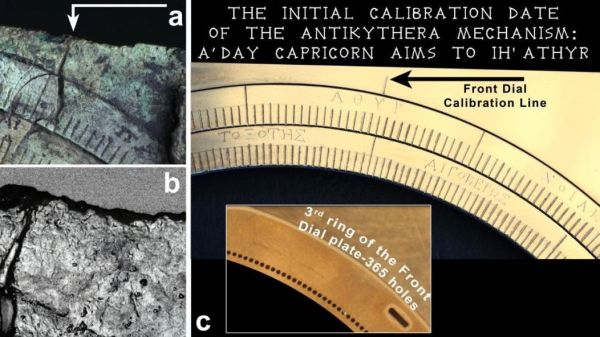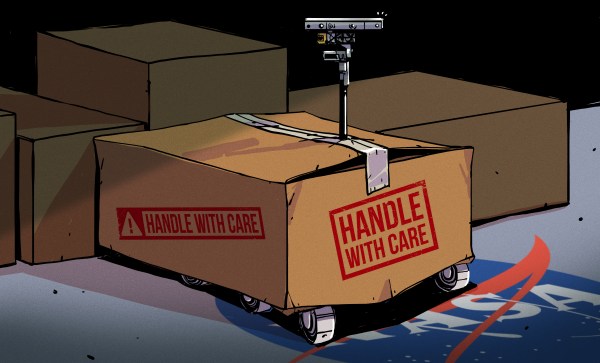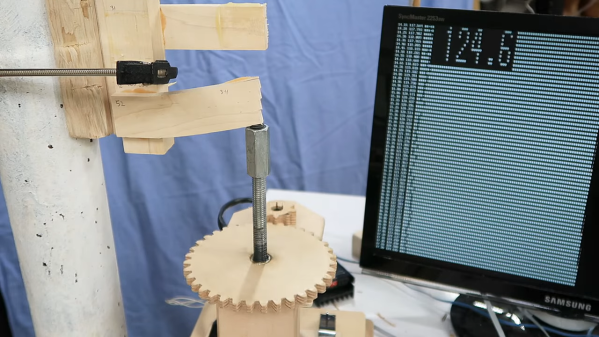When an unknown genius sat down more than 2,000 years ago to design and build an astronomical instrument, chances are good that he or she didn’t think that entire academic institutions devoted to solving its mysteries would one day be established. But such is the enduring nature of the Antikythera mechanism, the gift from antiquity that keeps on giving long after being dredged up from a shipwreck in the Aegean Sea.
And now, new research on the ancient mechanism reveals that like other mechanical calendars, the Antikythera mechanism has a “day zero,” or a minimum possible date that it can display. The analysis by a team led by [Aristeidis Voulgaris] gets deep into the weeds of astronomical cycles, which the mechanism was designed to simulate using up to 37 separate gears, 30 of which have been found. The cycle of concern is the saros, a 223 lunar month cycle of alignments between the Earth, Sun, and Moon. The saros can be used to predict eclipses, astronomical events of immense importance in antiquity, particularly annular eclipses, which occur when the Moon is at apogee and therefore eclipses less of the Sun’s surface.
The researchers looked at historical annular eclipse data and found that saros cycle 58 had a particularly long annular eclipse, on 23 December 178 BCE. The eclipse would have been visible at sunrise in the eastern Mediterranean, and coupled with other astronomical goodies, like the proximity to the winter solstice, the Sun entering Capricorn, and the Moon being new and at apogee, was probably so culturally significant to the builder that it could serve as the initial date for calibrating all the mechanisms pointers and dials.
Others differ with that take, of course, saying that the evidence points even further back, to a start date in the summer of 204 BCE. In any case, if like us you can’t get enough Antikythera, be sure to check out our overview of the mechanism, plus [Clickspring]’s exploration of methods perhaps used to build it.








 Finding himself in such a boat, [Fletcher]’s solution was to build
Finding himself in such a boat, [Fletcher]’s solution was to build 









